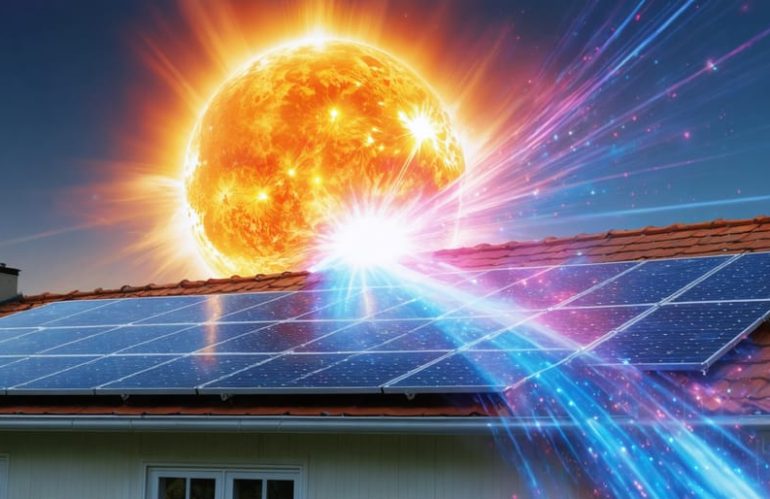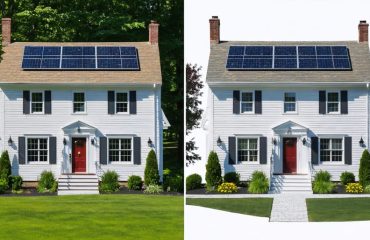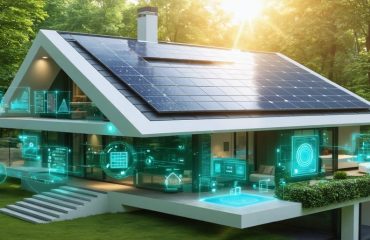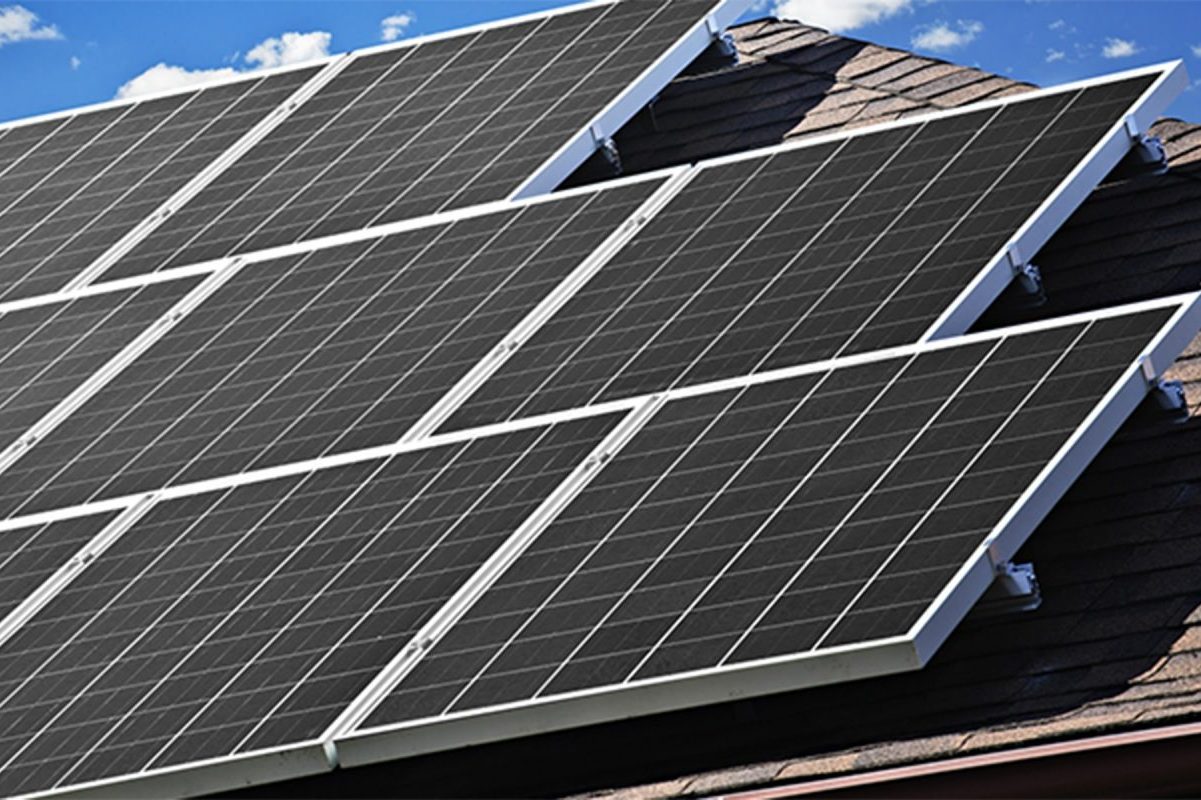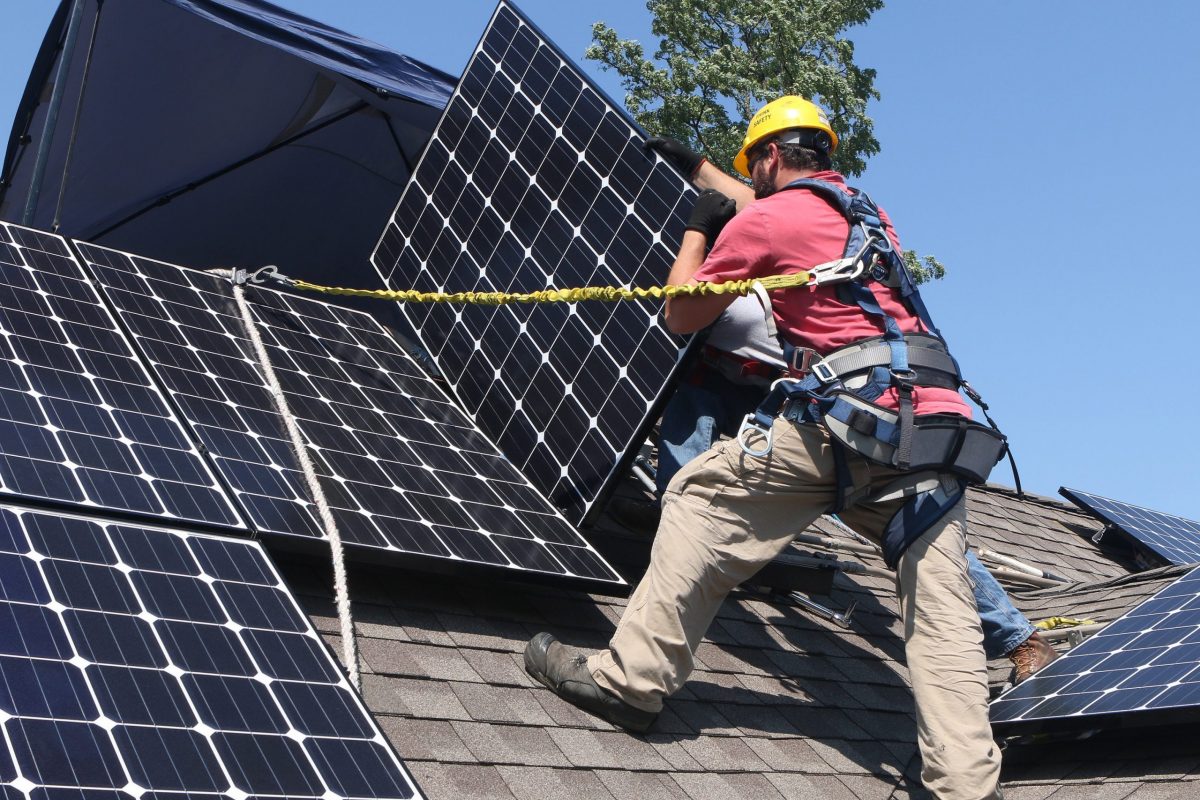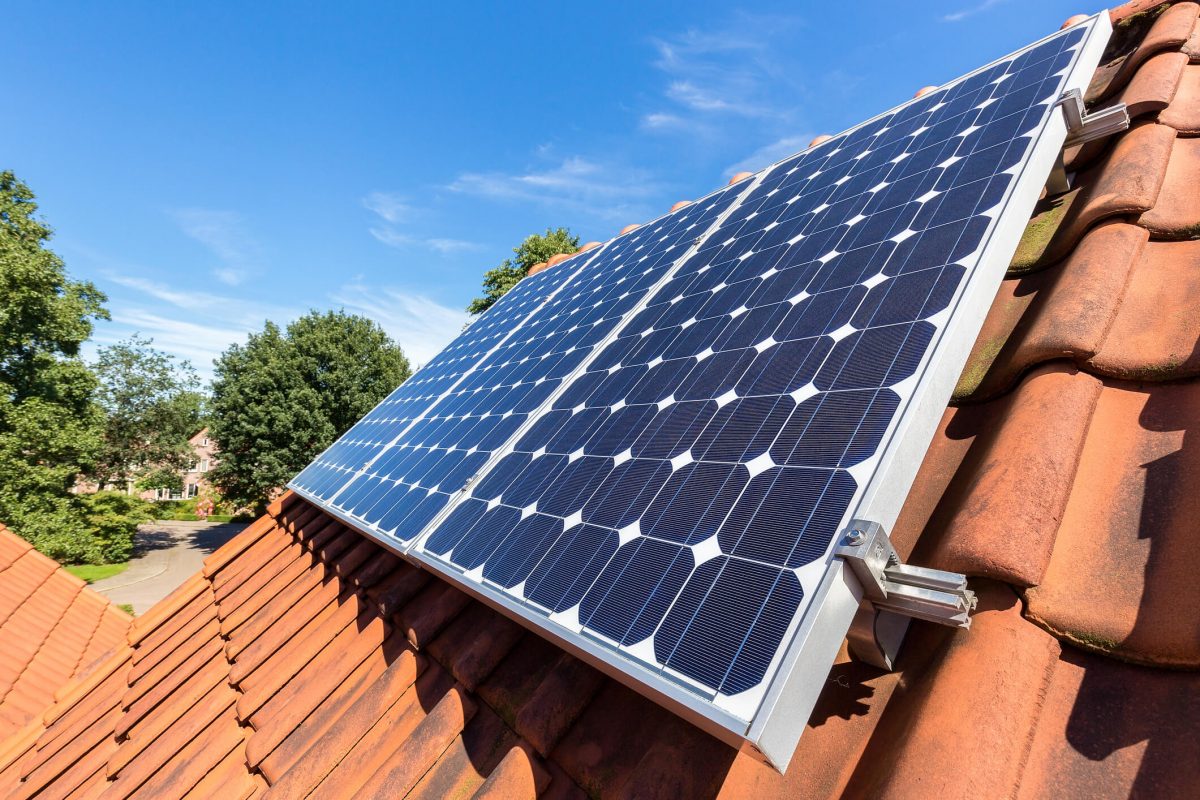X-class solar flares represent nature’s most powerful explosive events, unleashing energy equivalent to billions of hydrogen bombs and sending massive waves of radiation hurtling through space. These extraordinary solar storms, occurring when magnetic energy builds up and suddenly releases from the Sun’s surface, can significantly impact Earth’s technology and infrastructure. While they might sound alarming, understanding these celestial phenomena is crucial for homeowners with solar installations and anyone interested in our star’s most dramatic moments.
For solar panel owners, these intense bursts of solar activity raise important questions about system durability and performance. Modern solar technology is engineered to withstand severe space weather events, including X-class flares, but their effects can temporarily influence solar panel efficiency and grid stability. As our society becomes increasingly dependent on solar power, grasping the relationship between these powerful solar events and our renewable energy infrastructure becomes more vital than ever.
Understanding X-Class Solar Flares and Your Solar Panels
What Happens During an X-Class Solar Flare?
An X-class solar flare occurs when our Sun releases a massive burst of energy from its surface, marking the most powerful category of solar events we can observe. During these intense eruptions, the Sun ejects a tremendous amount of radiation, charged particles, and magnetic energy into space. This phenomenon is similar to the solar radiation that solar panels in space must contend with regularly, though at a much higher intensity.
When this solar storm reaches Earth, it interacts with our planet’s magnetic field, potentially causing colorful auroras visible even at lower latitudes. While beautiful, these events can also temporarily disrupt radio communications, GPS signals, and power grids. The good news is that our atmosphere acts as a protective shield, blocking harmful radiation from reaching the ground.
Modern technology and early warning systems help us prepare for these events, allowing grid operators and satellite controllers to take protective measures. For homeowners with solar installations, there’s no need to worry – today’s solar equipment is designed with built-in protections to handle these natural phenomena safely.
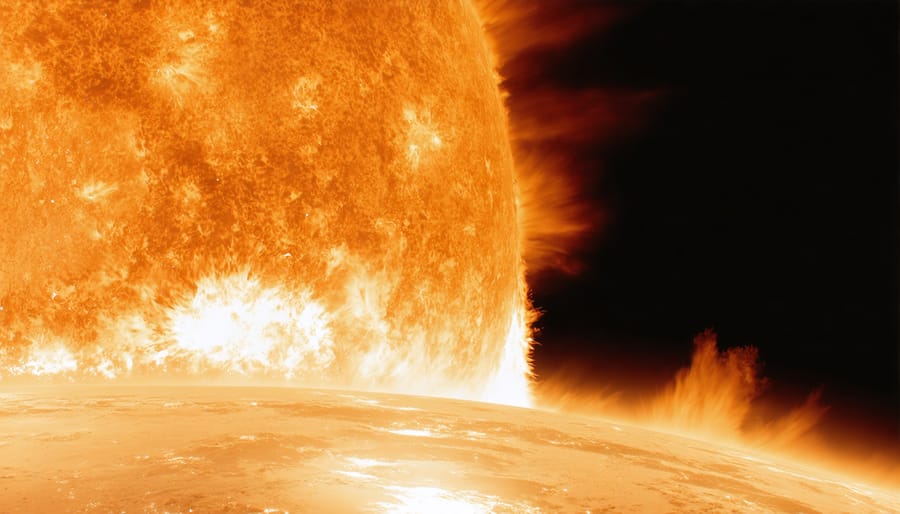
How Solar Panels React to Intense Solar Activity
Solar panels are remarkably resilient during intense solar activity, including X-class solar flares. While these powerful solar events can temporarily increase the amount of solar radiation reaching Earth, modern solar panels are designed with built-in protective features that prevent damage from such intense exposure.
During an X-class solar flare, your solar system’s inverter and other protective components automatically regulate voltage spikes and maintain safe operating conditions. Most residential solar installations can actually experience a brief boost in energy production during these events, though the increase is typically minimal and short-lived.
It’s worth noting that solar panels have undergone extensive testing to withstand various environmental conditions, including extreme solar activity. The protective glass layers and anti-reflective coatings help shield the photovoltaic cells from any potential harmful effects of increased radiation.
Homeowners with solar installations don’t need to take any special precautions during solar flares. Your system’s monitoring equipment and safety features will automatically handle any fluctuations in solar activity, ensuring consistent, reliable performance even during these impressive cosmic events.
Protecting Your Solar Investment
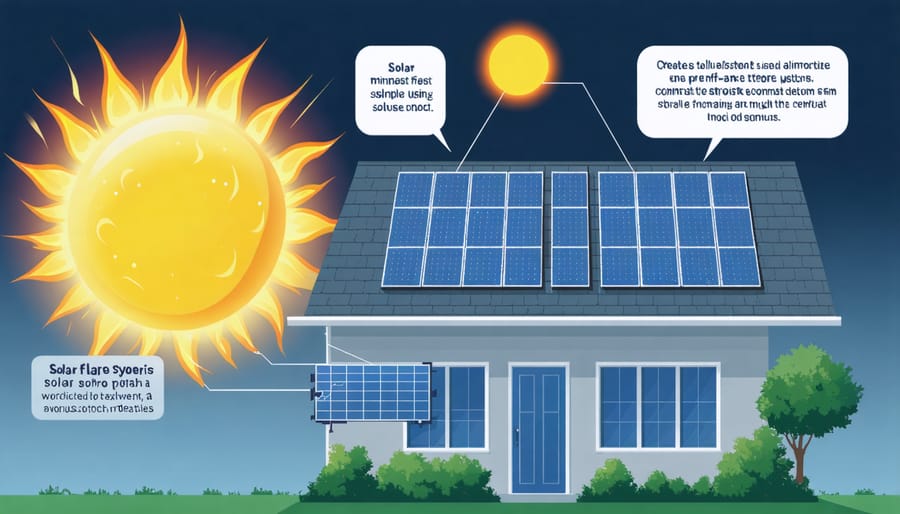
Built-in Safeguards in Modern Solar Systems
Modern solar panel systems come equipped with sophisticated protection mechanisms designed to safeguard your investment from various environmental challenges, including solar flares. Among the essential solar panel components, surge protectors and circuit breakers work together to prevent electrical overload during intense solar activity.
Most residential solar installations include multiple layers of protection. Inverters feature automatic shutdown capabilities that activate when voltage levels exceed safe thresholds. Ground fault protection devices monitor electrical current flow and instantly disconnect if they detect any abnormalities. These safety features work seamlessly in the background, requiring no manual intervention from homeowners.
Solar panel manufacturers also incorporate robust insulation and specialized coating materials that shield the systems from electromagnetic interference. Modern panels undergo rigorous testing to ensure they can withstand various environmental stresses, including extreme temperature fluctuations and electromagnetic disturbances.
Additionally, monitoring systems provide real-time data about your solar system’s performance and automatically alert you and your installer if any unusual activity is detected. This early warning system allows for preventive action before any potential issues can impact your system’s performance or safety.
These built-in safeguards have proven highly effective, with very few reported cases of solar flare-related damage to residential solar systems over the past decade.
Additional Protection Options
Beyond standard manufacturer protections, homeowners can implement several additional safeguards to protect their solar systems from X-class solar flares. Installing surge protectors specifically designed for solar installations adds an extra layer of defense against voltage spikes. These devices work alongside your existing system protection but offer enhanced capacity for handling extreme electrical surges.
Consider investing in a rapid shutdown system, which can quickly disconnect your solar array from your home’s electrical system when needed. This feature is particularly valuable during intense solar events, as it prevents potential damage from spreading throughout your electrical infrastructure.
Smart monitoring systems can alert you to unusual voltage fluctuations, allowing for proactive measures before problems escalate. Many modern systems can be programmed to automatically shut down when they detect dangerous power levels, providing peace of mind even when you’re away from home.
Working with your solar installer to upgrade grounding systems can also improve protection. Enhanced grounding helps direct excess electrical charge safely into the earth rather than through sensitive equipment. Some homeowners opt for additional lightning protection systems, which can serve double duty by protecting against both lightning strikes and solar flare-induced surges.
Regular system inspections and maintenance checks ensure all protective components remain in optimal working condition, maximizing their effectiveness during solar events.
Benefits of Solar Flare Activity
Enhanced Energy Production
While X-class solar flares are known for their intense energy output, they can actually provide a temporary boost to solar panel performance. During these events, the increased solar radiation reaching Earth’s surface can cause solar panels to generate more electricity than usual. This boost typically lasts for several hours and can increase energy production by up to 10-15% above normal levels.
Think of it like turning up the brightness on a flashlight – more light means more energy for your panels to convert into electricity. However, it’s important to note that modern solar systems are designed with protective features that prevent any damage from these temporary surges. Your inverter will automatically adjust to handle the increased power flow safely.
This enhanced production period can be particularly beneficial during peak usage hours, potentially leading to greater energy savings. Many solar system owners report higher-than-average daily yields during periods of intense solar activity, though the effect is usually brief and returns to normal levels as the flare subsides.
Remember that while these temporary boosts are interesting, your solar system’s regular daily performance is what matters most for long-term energy production.
Long-term Performance Considerations
Solar flares, particularly X-class events, can affect solar panel systems over time, but modern panels are built with impressive resilience. Most quality solar installations come with warranties of 25-30 years and are designed to withstand various space weather phenomena. Regular maintenance checks can help identify any potential issues early, ensuring optimal performance throughout the system’s lifetime.
To maximize longevity, solar panel systems include protective features like surge protectors and grounding systems. These safeguards help shield your investment from electrical surges associated with solar storms. While intense solar activity might temporarily affect efficiency, studies show that properly installed systems typically return to normal operation once the solar event passes.
Smart monitoring systems can automatically detect performance fluctuations and adjust accordingly, helping protect your system during periods of intense solar activity. For additional peace of mind, many homeowners choose to include battery storage systems, which can help regulate power flow and provide backup during any weather-related disruptions.
Remember, solar panel technology continues to advance, with each new generation becoming more resilient to environmental challenges, including solar flares.
Smart Monitoring During Solar Events
During intense solar activity, staying informed and responsive is key to maintaining your solar panel system’s optimal performance. Modern solar system monitoring tools make it easy to track your system’s output in real-time and respond to any fluctuations caused by solar storms.
Most current solar inverters come equipped with smart monitoring capabilities that alert homeowners to any significant changes in performance. These systems can automatically adjust power settings to protect your equipment during extreme solar events while maintaining energy production when possible.
To optimize your system during solar storms:
1. Check your monitoring app or dashboard regularly during announced X-class events
2. Compare current output with typical performance for that time of day
3. Look for any error messages or alerts from your inverter
4. Document any unusual patterns for future reference
5. Ensure backup systems are ready if needed
Many monitoring platforms now include weather tracking features that can warn you about incoming solar storms. This advance notice allows you to prepare by adjusting energy usage patterns or enabling protective features in your system.
Remember that brief performance fluctuations during solar events are normal and usually temporary. Your system’s built-in safeguards will help protect your investment, while smart monitoring helps you stay informed and in control. If you notice persistent issues after a solar event, contact your installer for a professional assessment.
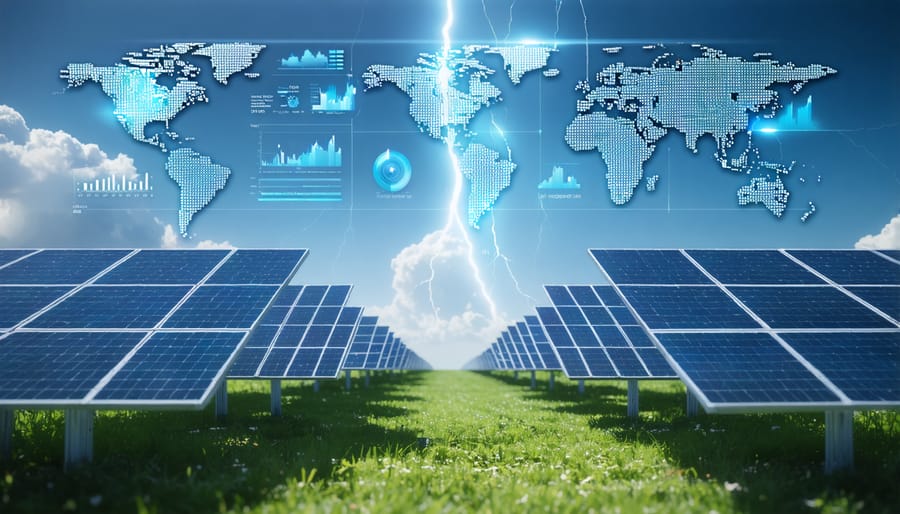
While X-class solar flares are indeed powerful cosmic events, they pose minimal risk to modern solar installations. Today’s solar panels and inverters are built with robust protection systems that can withstand intense solar activity. These safety features, combined with the rarity of extreme solar events, make solar power a reliable and secure investment for homeowners. The benefits of solar energy – from reduced electricity bills to environmental impact – far outweigh any concerns about solar flares. By understanding how solar technology has evolved to handle these natural phenomena, you can feel confident in your decision to embrace clean, renewable energy. Your solar installation will continue generating clean power for decades to come, regardless of solar weather conditions.

